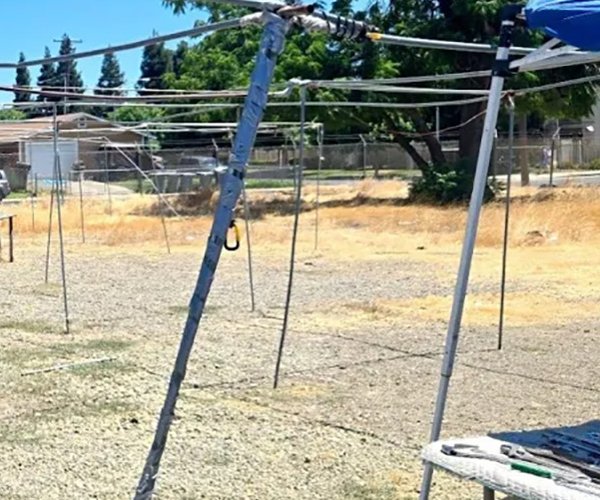The City Council took another pivotal step towards replacing Turlock’s current at-large voting system with district-based elections on Tuesday, choosing to move forward with one of the three proposed maps outlining district boundaries throughout the city.
The proposed maps, which primarily use Turlock’s existing lines such as major roads and railroad lines as borders in most places, had been the center of two public forums held this month by the City Council where residents were asked to informally vote in favor of their preferred plan.
Although attendance for both special meetings was light, those present showed a clear preference for Plan A – the proposed map that many deemed as the most “sensible.” Throughout the two meetings, Plan A received 55 votes, followed by Plan C with 39 votes, and Plan B with 18.
Having prepared the district map proposals, city consultant Doug Johnson, president of the National Demographics Corporation, explained that while each proposed map breaks the City into four quadrants with populations of approximately 17,000 persons, Plan A was developed specifically as the most straightforward approach.
With the four quadrants included in Plan A being as compact as possible, Councilmember Bill DeHart suggested that the City place the clear-cut proposal before Turlock voters on the November ballot, instead of the more complex proposals, Plans B and C.
“At first I initially favored Plan C because it placed an importance on a strong and vibrant downtown,” said DeHart, citing the proposed districts of Plan C that would all share a portion of Downtown Turlock. “However, after reviewing all of the plans and hearing the feedback from our residents, I believe we should move forward with Plan A because it is the most straightforward for the voter, and gives sensibility to the whole process.”
Agreeing with DeHart, Councilmember Steven Nascimento said that he also preferred Plan A as it had “made the most sense visually,” while Councilmember Amy Bublak said her vote would coincide with public opinion.
“We were elected to represent the residents of Turlock, and so it’s ultimately about what they want,” said Bublak. “My vote will come from looking at the numbers, and it seems that Plan A is what the public wants.”
While Mayor John Lazar ended up casting his vote in favor of Plan A to support the desires of Turlock residents and his fellow Council members, his preference truly lied with Plan C, due to its focus on Downtown Turlock.
“With Plan C, downtown is assured success in the future,” said Lazar. “We have spent years on the revitalization of the downtown district, but it will need continued care and attention in the future. I will vote in favor of Plan A though in support of the Council’s decision and the input we received from the community.”
Switching to a district based election system would prevent the City of Turlock from being sued under the California Voting Rights Act, while ensuring equal representation in local government by drawing districts balancing the City’s populations. Throughout California, various minority advocate groups have sued cities utilizing an at-large voting system, often resulting in million-dollar settlements and pricey attorney fees.
According to City staff, the outreach, study and preparation needed to place the district-based electoral system initiative on the November ballot is estimated to cost the City $30,000.
The selected district map, Plan A, can be found on the City of Turlock website at www.ci.turlock.ca.us.








